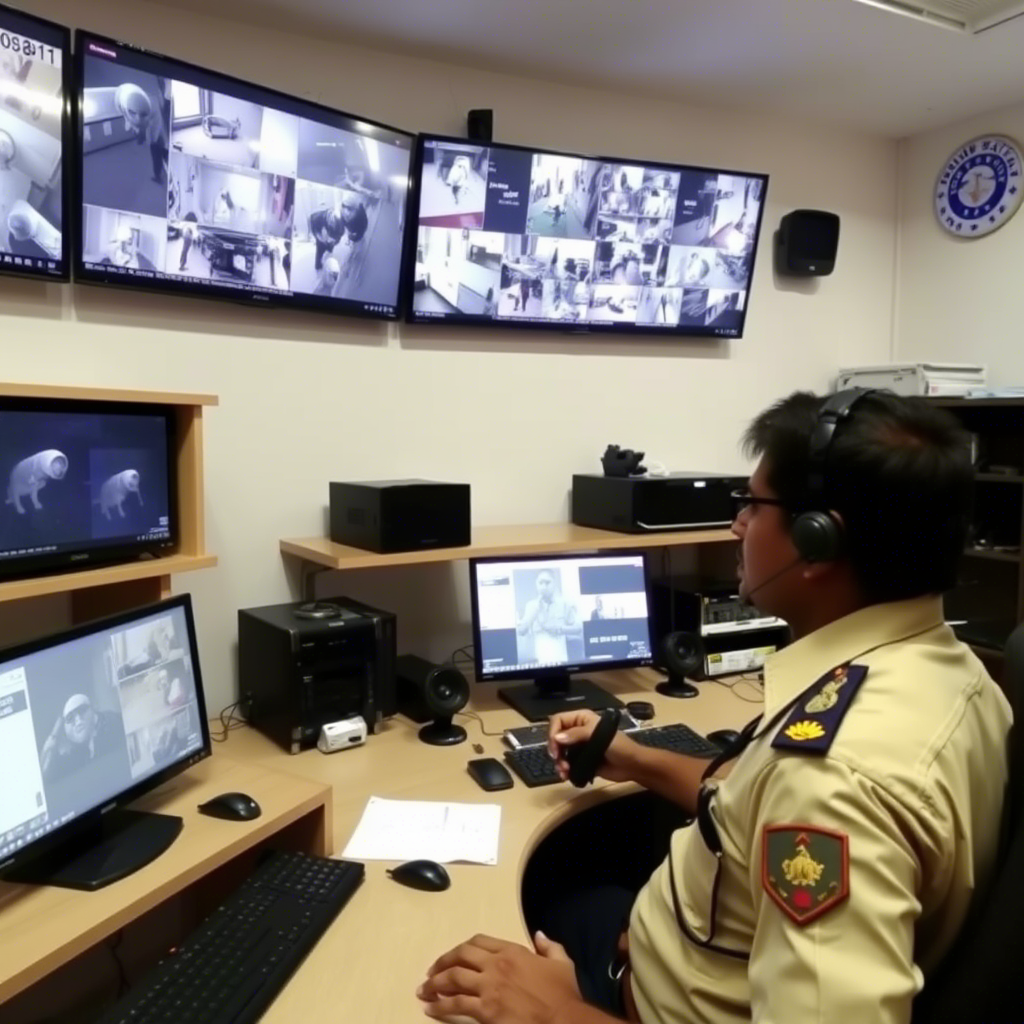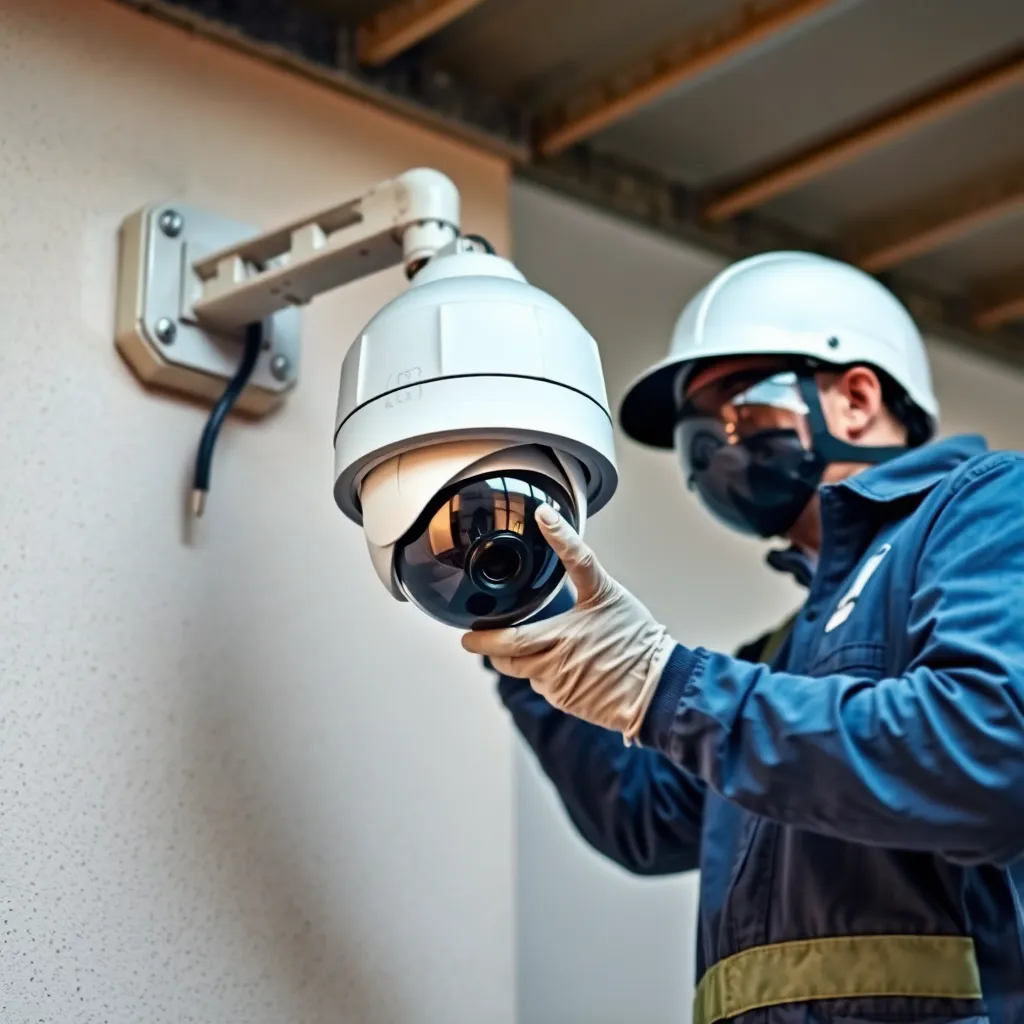
In recent years, the proliferation of dashcams in vehicles has emerged as a crucial development in urban transportation, especially in bustling Indian cities. As road traffic increases and the number of vehicles on the streets rises, incidents of rash driving have become a pressing concern. The introduction of the Bharatiya Nyaya Sanhita (BNS) and its implications for road safety, particularly Section 281 concerning rash driving, has made the use of dashcams even more relevant. This article explores the significance of dashcams in protecting drivers against wrongful accusations while promoting safer driving practices.
Understanding the Legal Framework
Under Section 281 of the BNS, rash driving or riding on public ways is defined as operating a vehicle in a manner that endangers human life or is likely to cause injury to others. The law stipulates penalties that include imprisonment for up to six months, fines of up to one thousand rupees, or both. Given these severe consequences, the stakes are high for drivers accused of rash driving. In a country where road rage incidents and misunderstandings can escalate quickly, having concrete evidence can be invaluable.
The Role of Dashcams
Dashcams, or dashboard cameras, are small recording devices mounted on vehicles that capture video footage of the road ahead. They serve as an objective witness in the event of an incident, providing critical evidence that can help clarify the circumstances surrounding an accident or traffic violation. Here are some ways dashcams can be beneficial:
-
Evidence in Legal Disputes: In the event of an accident, dashcam footage can serve as irrefutable evidence, helping to establish the facts of the case. This is particularly important in instances where one party may falsely accuse another of rash driving. The video can provide clear proof of the actions of all involved parties, thereby safeguarding innocent drivers from wrongful penalties.
-
Deterrent Against Rash Driving: Knowing that their actions are being recorded can encourage drivers to adhere to traffic rules and drive more responsibly. This can lead to a reduction in rash driving incidents, ultimately contributing to safer roads.
-
Protection Against Insurance Fraud: Dashcams can also protect drivers from fraudulent claims. In a country where insurance fraud is not uncommon, having video evidence can help insurance companies assess claims more accurately and fairly.
-
Promoting Accountability: Dashcams promote a culture of accountability on the roads. They remind drivers that their actions are being recorded, which can lead to more conscientious driving behavior.
-
Assistance in Emergency Situations: In case of an accident, dashcam footage can be invaluable for emergency responders, providing them with a clearer understanding of the situation and helping them make informed decisions.
As urbanization continues to surge in India, the roads are becoming increasingly congested and prone to accidents. The introduction of laws like Section 281 of the BNS highlights the need for responsible driving and the potential consequences of rash actions. In this context, dashcams emerge as a vital tool for drivers, offering protection against false accusations and promoting safer driving practices.
Investing in a dashcam is not just a precaution; it is a proactive step towards ensuring accountability and safety on the roads. As more drivers adopt this technology, it is hoped that the overall driving culture in Indian cities will evolve, leading to a significant decrease in rash driving incidents and, ultimately, safer roads for everyon




